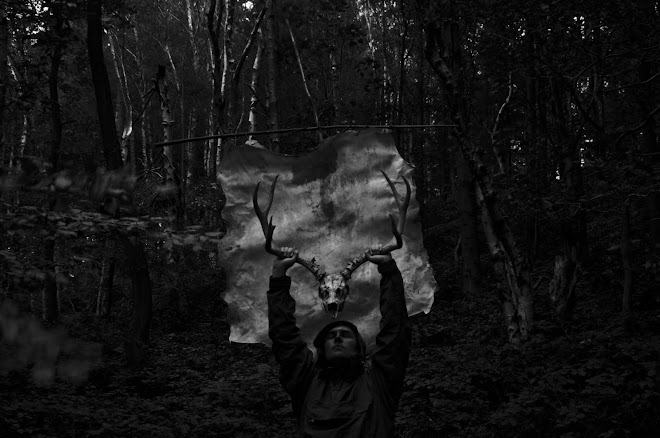skip to main |
skip to sidebar
Little Birds Of Lightening

Walking through the midsummer woods I saw a small wren flitting from branch to branch, ticking noisily at my presence. Wrens nests are sometimes difficult to find and the best method of uncovering their hiding place is to watch the adults and mark where they fly. It wasn’t long before the wren that had been alarming so noisily at my presence flew towards the vertical root-plate of a large tree blown over in the winter storms. Here, amongst the tangle of roots and soil, the wren had built its nest of soft green moss, vibrant in the dull earth colours of the rocks and roots.
This small and unprepossessing bird has associations with kingship, magick and secret knowledge as it’s names in European languages indicate; Latin - Regulus; French - Reytelet; Welsh – Bren (king ) German - Koning Vogel (king-bird), Dutch – Konije (little king), Manx - Dreain, from druai dryw, the Druid's bird.
The wren was considered a "most sacred bird" and is called Drui-en or Druid bird in Gaelic.In Welsh the word Dryw means both druid and wren because the wren, is as the Druid, known to be cunning. It is said that the Druid's house was the wren's nest and that the wren's nest was protected by lightening. Whoever tried to steal wren's eggs or baby wrens would find their house struck by lightning and their hands would shrivel up. Lightning was the weapon of the thunder bull-god Taranis, who often inhabited oak trees, and the wren was sacred to Taranis.
It would be a sorry thing to be struck by lightening on midsummers eve in the woods not a mile from home so I left the wrens to their business and carried on with mine.



No comments:
Post a Comment